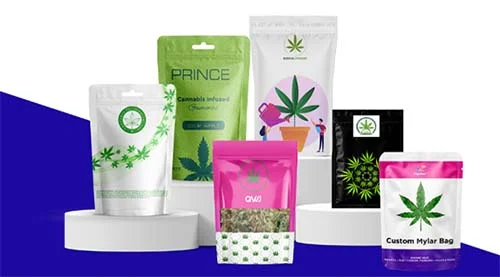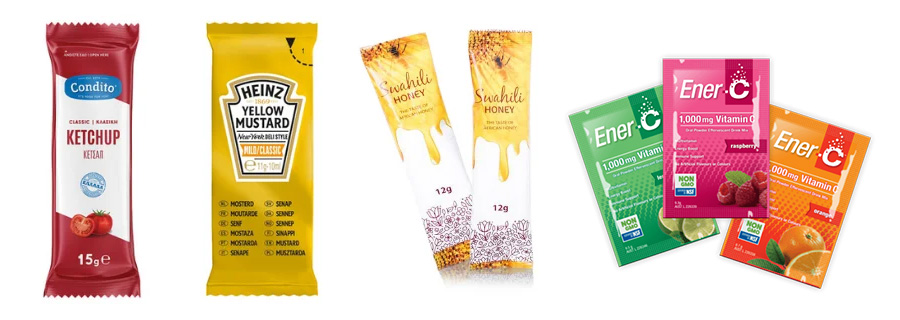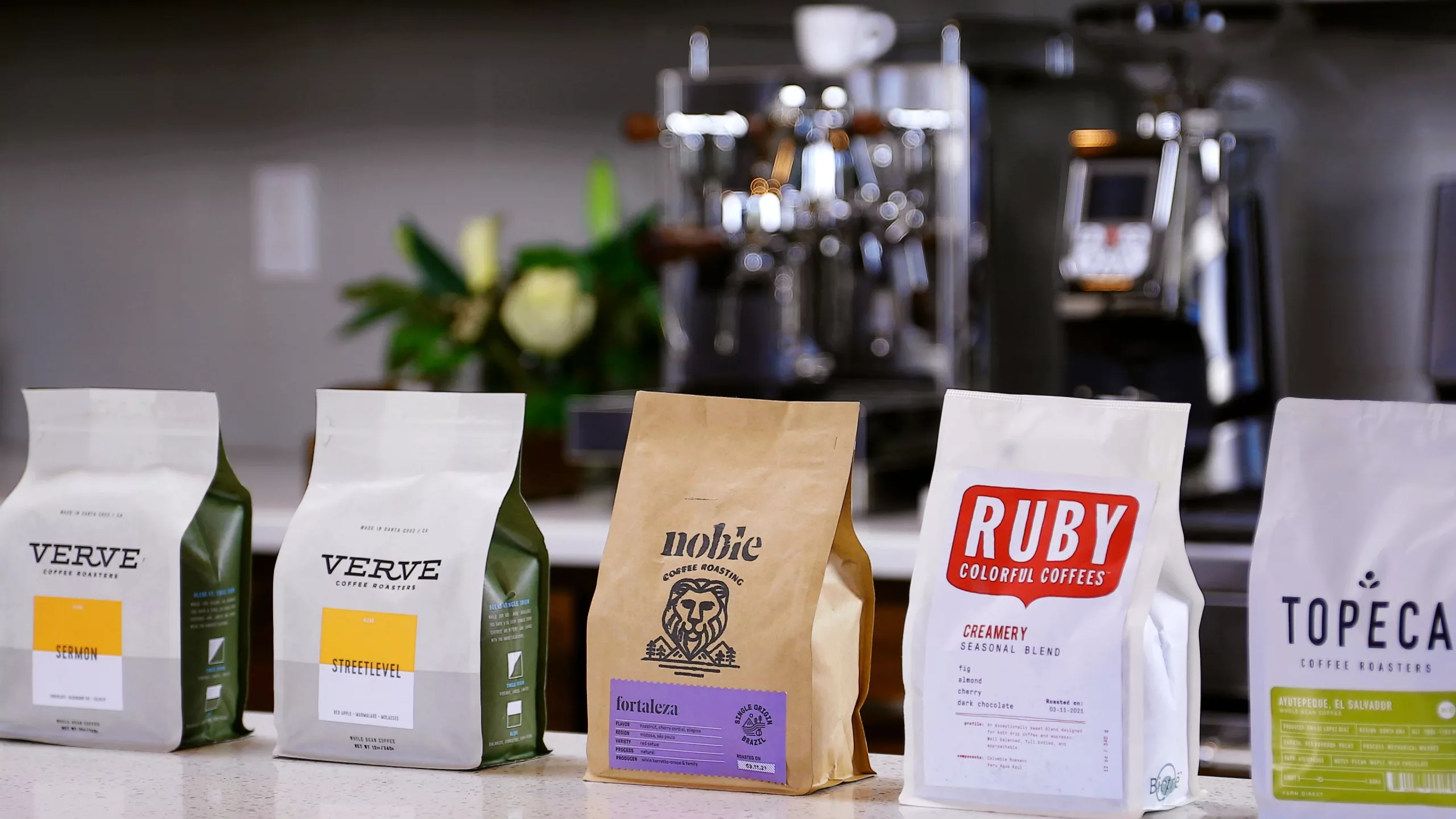Navigating the complex world of cannabis packaging regulations is crucial for ensuring product legality, safety, and market success. Adhering to these regulations not only helps in avoiding legal issues but also enhances consumer trust and brand reputation.
1. Understanding Cannabis Packaging Regulations
- Federal vs. State Regulations
- Cannabis packaging is regulated at both federal and state levels. Federal guidelines generally provide overarching principles, while state regulations offer specific requirements that vary by jurisdiction.
- States may impose additional rules, such as specific labeling or packaging designs, which can differ significantly from one state to another.
- Key Regulatory Bodies
- The Food and Drug Administration (FDA) oversees general health and safety aspects, while state cannabis control boards or agencies handle specific packaging and labeling rules.
- These agencies ensure that packaging meets safety standards and legal requirements for the sale of cannabis products.
2. Essential Packaging Requirements
- Child-Resistant Packaging
- Packaging must include features that make it difficult for children to access. This often involves using mechanisms that require adult strength or dexterity.
- Compliance with these features is essential to avoid legal repercussions and ensure product safety.
- Tamper-Evident Features
- Packaging should include features that indicate if the product has been tampered with. This could be achieved through sealable closures or breakable bands.
- Tamper-evident packaging helps maintain product integrity and consumer trust.
- Labeling Standards
- Labels must provide clear and accurate information, including product identity, content details, and any necessary warnings.
- Accurate labeling ensures consumers are well-informed and supports regulatory compliance.
3. Compliance Challenges
- Navigating Varying State Laws
- Compliance can be challenging due to the differences in regulations across states. Companies must stay informed about local laws and adjust their packaging practices accordingly.
- Regularly reviewing state-specific regulations and consulting with legal experts can help manage these complexities.
- Cost Implications
- Meeting packaging regulations can involve additional costs, such as for specialized materials or design features.
- Balancing compliance with cost-effectiveness involves strategic planning and potential investment in efficient packaging solutions.
4. Best Practices for Compliance
- Regular Review and Updates
- Companies should regularly review and update their packaging practices to stay compliant with evolving regulations.
- Staying updated with industry news and regulatory changes is essential for maintaining compliance.
- Working with Compliance Experts
- Consulting with legal and regulatory experts can provide valuable insights and help navigate complex requirements.
- Experts can offer guidance on compliance strategies and ensure that packaging meets all necessary standards.
- Implementing Quality Control Measures
- Establishing quality control procedures helps maintain consistent compliance and product quality.
- Examples include regular inspections and testing of packaging to ensure it meets regulatory standards.
Navigating cannabis packaging regulations requires careful attention to detail and proactive management. Ensuring compliance with federal and state requirements not only helps in avoiding legal issues but also builds consumer confidence and supports brand integrity.







